Maarten Ectors
on 17 February 2017
MWC17: The future of wireless networks
The telecom industry is not as buoyant as it was some years back. Telecom operators ‘ revenues are under pressure due to innovations from over the top players. Costs are spiralling out of control because of 4/5G deployments, fibre to the premise, social networking data explosions, 4K video streaming, IoT and more. Time to market was always measured in months, not days or hours.
What if all of this can be changed for the better? What if costs can be reduced exponentially? What if time to market can be expressed in minutes? What if telecom startups can help create thousands of new ideas and solutions that are generating new revenues? What if we can make telecom innovation the new “sexy” trend for 2017?
Impossible?
In the beginning of 2016 it looked impossible that software defined radio would be something that excited people. The collaboration between Lime Micro and Canonical changed that. The LimeSDR is the first software defined radio that can be programmed via open source apps, called snaps, that anybody can download from an app store. There are now multiple thousands of developers who have or shortly will receive their LimeSDR. They will be able to create all types of protocols and share them among the community. LTE, LoRa, Bluetooth, ZigBee and many more. Even invent their own protocols. Generation Y, the millennials, are discovering that wireless innovation is fun.
To make sure these new diamonds of wireless innovation are not lost upon us, we need to provide them with a market. That market will be created via the launch of open source production-ready base stations with app stores. We really liked how the last crowdfunding campaign created a community of innovators. That is why we will after Mobile World Congress launch the first telecom production-ready hardware crowdfunding campaign, called LimeNet.
Why open source the design for base stations?
As stated before, telecom operators have their costs spiralling out of control. Base stations need to become dramatically cheaper because with future protocols like 5G we will have exponentially more of them. Not only the price of a base station needs to go down, but also the total cost of ownership. Everything from who deploys, maintains and supports base stations, how and where will be put into question.
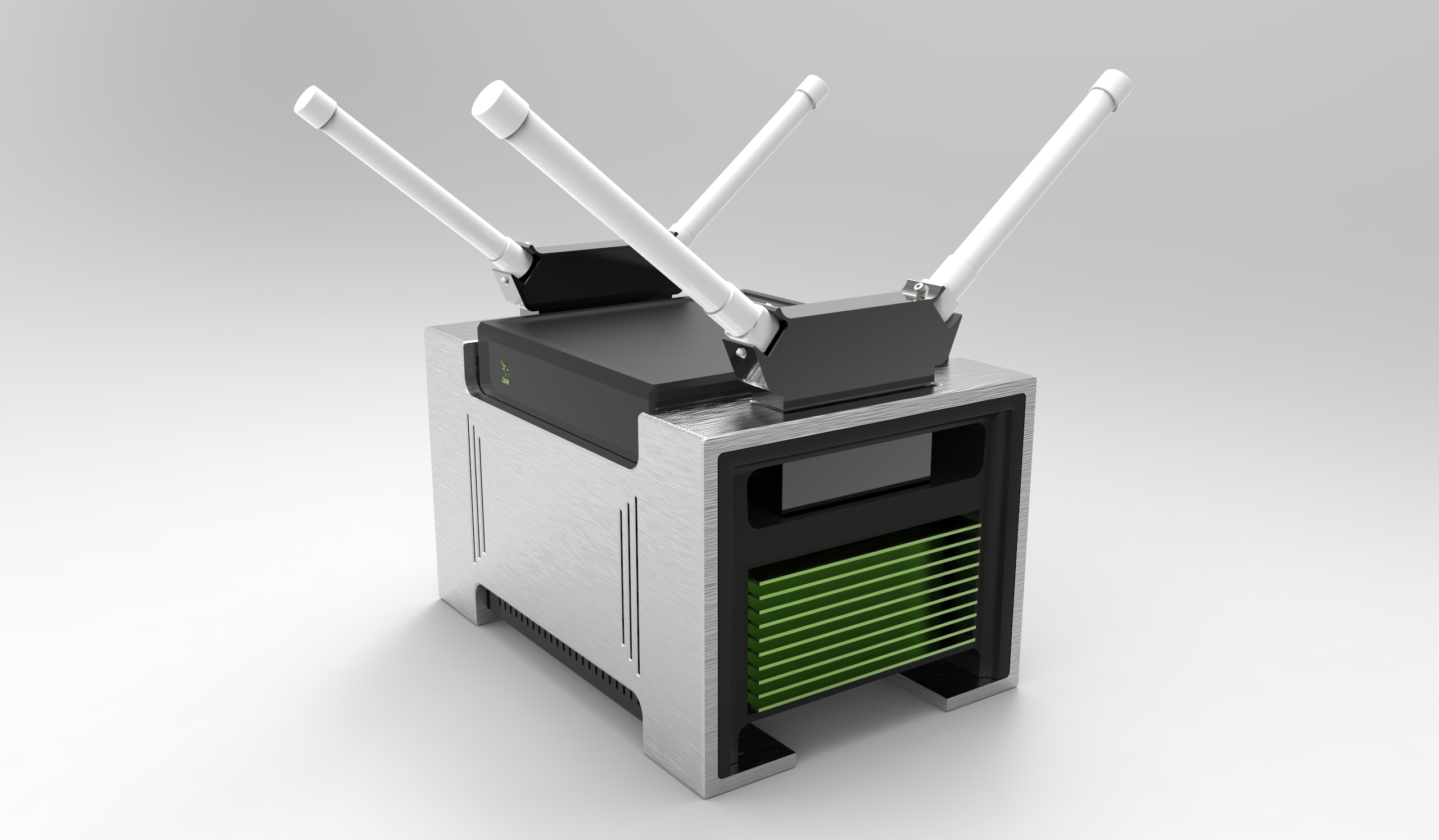
Why app stores on base stations?
The first reason is to decide what software you want to use. We are open sourcing the hardware but we want to see both open source and commercial software compete. The value is in software defining base stations. Just like on your mobile phone, some apps will be free and others are paid for or have in-app purchases.
If telecom innovators can make money by selling solutions to both telecom operators and their customers then more new revenue generating solutions will be launched. Installing these solutions via apps from an app store, makes it an easy and quick process. In minutes you can go from nothing to a working solution that automatically integrates with other apps and back-end systems.
What about security and manageability?
The number one Cloud operating system in the world is Ubuntu. Canonical has taken the same Ubuntu that is being used by Netflix, Uber, AirBnB, Snapchat and many others and shrunk it down to Ubuntu Core. We introduced lots of changes to make running third-party apps, called Snaps, secure and transactionally upgradeable. This means that if something goes wrong you can roll back to the previous working version. You can implement DevOps for Devices and continuously roll out new updates and functionalities in a controlled way. Any time a security issue arises, it can be easily patched. Snaps are contained, hence bugs or exploits don’t affect the other snaps or the operating system.
What about telecom software?
On MWC we will showcase LTE stacks from companies like Amarisoft and Eurecom/ OpenAirInterface, as well as EPC solutions from Quortus. Telecom solutions will no longer need a lengthy RFP process. You just download the Snap from the Brand Store, test it and you are ready for roll-out. Procurement of software should be based on features, quality and fit for purpose. This process should be measured in days at most. Not months or sometimes years. In a world of integrations in minutes, you will be able to change your mind. To allow everybody to be able to run a complete 4G network, Eurecom and Canonical have enabled an open software ecosystem for 4G-ready networking powered by OpenAirInterface and Canonical model-driven NFV solution that can be deployed as network apps on any cloud and easily integrated into the new base station with a snap.
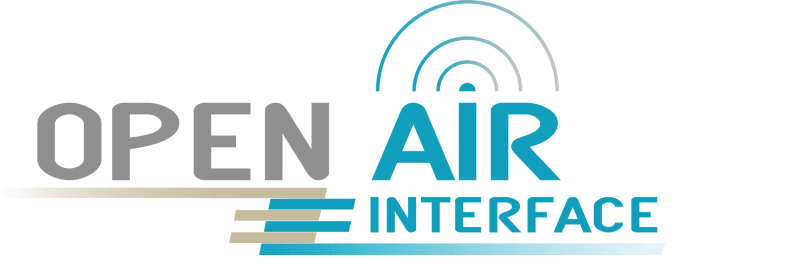
Where can I get the LTE-ready open source apps?
Today, OpenAirInterface develops an ecosystem for open source software/hardware development for the core network (EPC) and access-network (EUTRAN) of 3GPP cellular networks. It offers a 5G Cellular Stack based on commercial off-the-shelf (COTS) hardware that can be used as legacy packages, Juju Charms, and Ubuntu Core Snaps.
Will telecom operators be the only enterprises buying and running base stations?
The answer will be “definitely NOT”! We will be showcasing solutions from Telet Research and Soracom that allow others to run base stations and telecom infrastructure as well. In a software defined world, we can make deployment of private mobile infrastructure as simple as rolling out WiFi. With the arrival of unlicensed and licensed shared access (LSA) spectrum, small cells can be remotely configured as a managed service, just as you can buy cloud compute and storage. IoT SIM cards and IoT specific value added services, capable of operating on private and existing mobile networks will be available for purchase in quantities as small as one. Hotels and homes that currently have poor or non-existent mobile coverage be able to guarantee perfect coverage, even if their telecom operator doesn’t. Meeting rooms underground should have perfect coverage. Rural communities should be able to deploy their own networks. Industrial consortiums as well. Networks don’t have to be for mobile, they can be for any type of smart device.
Multi Operator Neutral Host (MONeH) solutions offer a highly advantageous business model; they are quicker and less expensive to set up, yet manage to provide coverage for multiple operators in areas where conventional macro network builds simply are not cost effective or are not appropriate (such as in Areas of Outstanding Natural Beauty). These solutions are not limited to just mobile services – they can also offer Fixed Wireless Broadband and 5G IoT services on the same SDR-based small cells.
IoT-Ready and New Revenue Generating
Soracom will showcase IoT SIMs that can go into low cost NB-IoT or LTE-M type of devices such as the 5-network FiPy from Pycom.
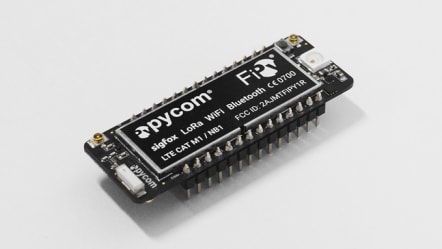
What about using custom protocols for new types of devices. Spur is a great example of how a hotel, bank or any consumer facing business that runs their own base station could install a Spur Snap to also have immediate feedback on service quality.
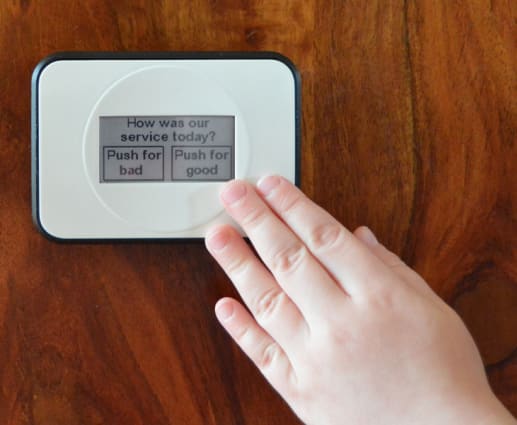
The traditional innovation killer: OSS integrations
In a telecom world where every service needs to be integrated into billing, call centre support, inventory management, workflow management and lots of other systems, an app store which allows you to launch thousands of new services each year needs a new way of thinking as well.
Supporting devices with lots of different app solutions from many vendors, requires IoT cloud native support platforms. RevTwo will be demoing theirs. The best of cloud, mobile and IoT all into one support platform.
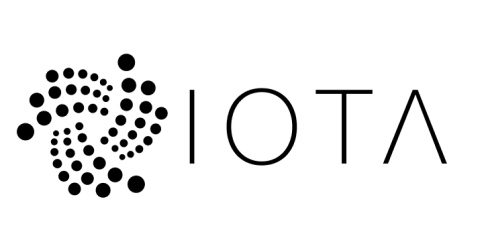
Billing has been traditionally very challenging as well, particularly at the edge of the network. Most billing systems are centralised, expensive and are hard to scale and protect from tampering. IOTA’s next-generation Blockchain solution resolves this and allows for billing systems to be build in a distributed manner in which adding more base stations makes the complete system more scalable, resilient, tamper-proof and above all: free of fees. Each base station will be part of a distributed ledger. Unlike traditional Blockchain, IOTA can do fast transaction handling without fees, endure glitchy connectivity from main net and scale, which they will demo on the booth.
Sometimes things break in a network or have to be upgraded and you will have to dispatch people or take automatic repair actions. To show you how this works the effortless Salesforce IoT Cloud integration and solutions will be demoed.
What will open source base stations look like?
In a software defined world the answer can be: “Totally Different”! SocialVend will be demoing what the new base stations will look like when you combine them with their vendmini™. Experience Social Telecom Vending on MWC in which a vending machine becomes a base station, provides you with SIMs, allows you to top up your balance and via an app store can do a million things more.
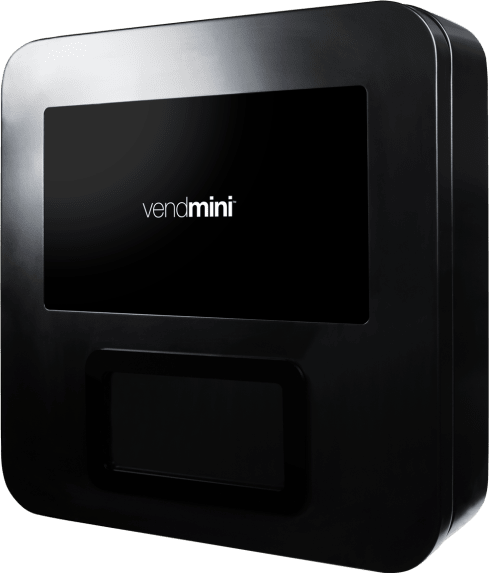
Come and see us at MWC2017 in Hall 3
Come and see the future of wireless networks at the Ubuntu booth in Hall P3 – 3K31. Book a meeting with our executive team.



